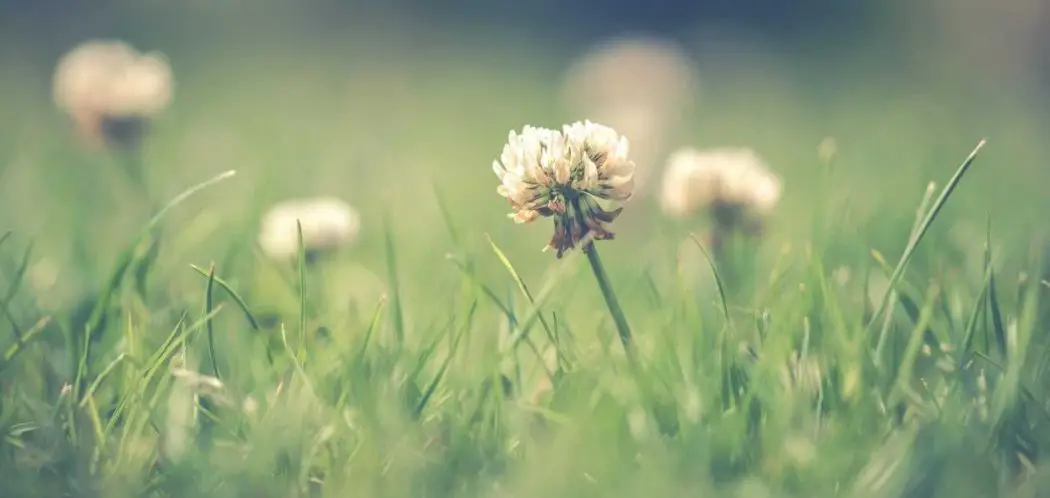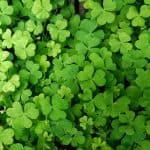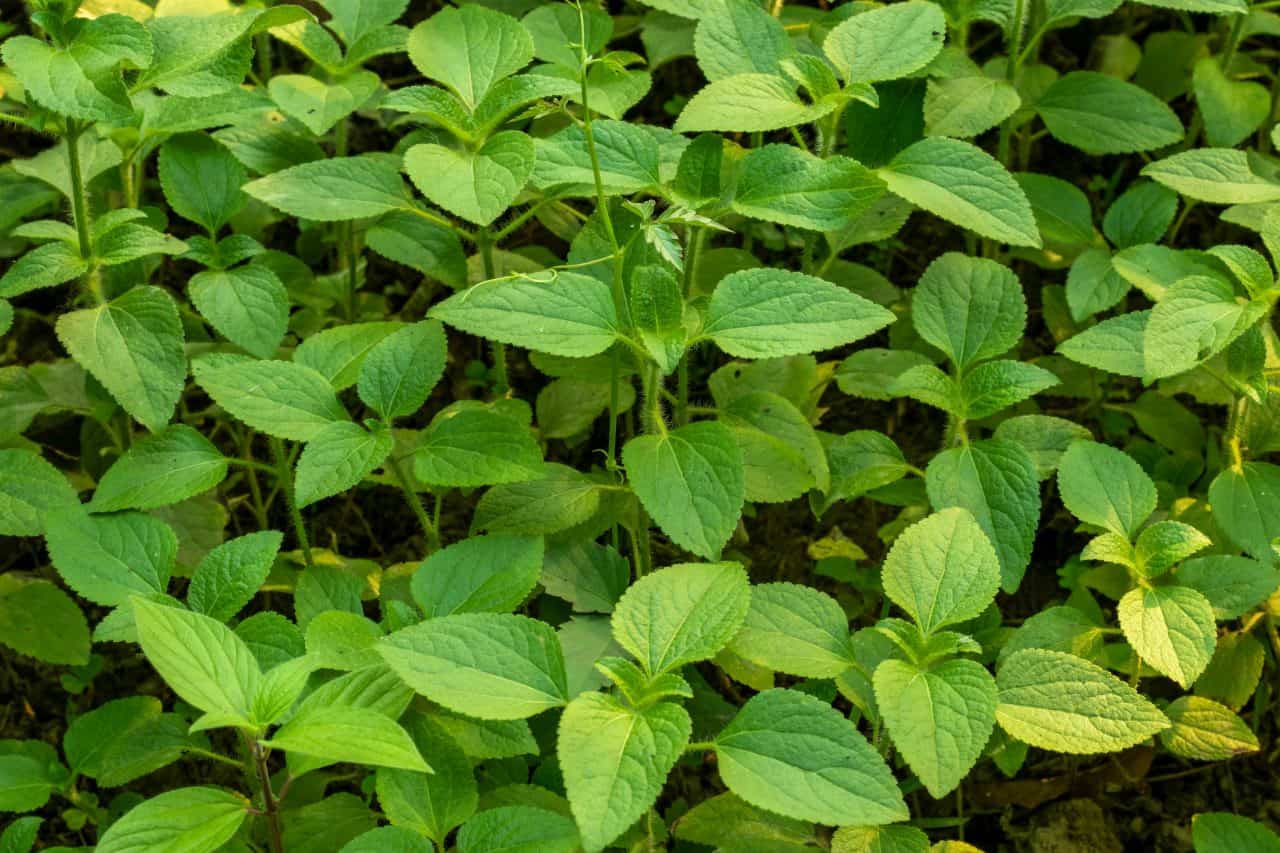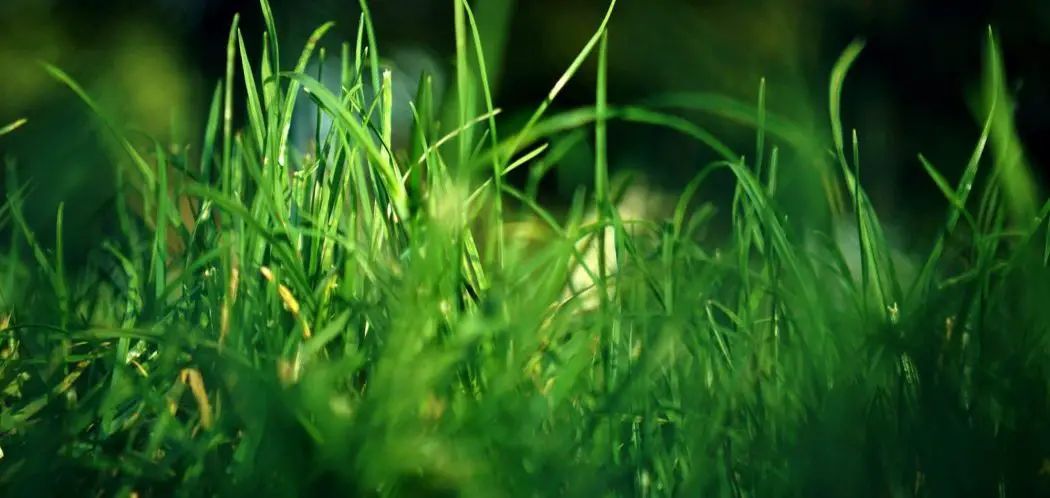Dollar weed goes by other names, including pennywort, lawn pennywort, marsh pennywort, and mayflower pennywort. It’s a low-growing plant that is shaped like a lily pad and can survive either in water or on land.
The leaves on the dollar weed are slightly scalloped, and the plant can grow anywhere from two to six inches in size. There are certain things you can do to get rid of dollar weed but first you have to identify it which can sometimes be a challenge.
To make it a little easier, below are some of the other weeds that look similar to dollar weed, which might help you to recognize it.
1. Dichondra

Some people think dollar weed and dichondra are the same thing, but they aren’t. Dichondra plants are part of the morning glory family and have round leaves that can be either green or silver. The main trait of dichondra is that they are very tough and can therefore take a lot of abuse and keep on going. The thing is, dichondra plants are toxic to both people and animals, so it is important to recognize the plants and know the difference between them and dollar weed. These weeds bloom in early summer and are mostly found in cool coastal areas. Just like dollar weed, they grow low and spread quickly.
Dichondra plants have only a handful of species, and they are often used as ornamental plants. Their flowers are very tiny and can be either white or greenish or yellowish in color. They also have creeping stems that take root at the nodes of the leaves. Dichondra isn’t always treated as a weed, but it is just that in most of the United States.
2. Chinese Money Plant

The official name for the Chinese money plant is Pilea peperomioides. It is native to the Himalayas and grows best in temperatures between 60 degrees and 80 degrees Fahrenheit, but it also does great in warm and humid conditions. It looks like a lily pad but grows along the ground instead of in the water. Because of this, the Chinese money plant is often confused with the dollar weed plants. This plant is also known by other names, such as the UFO plant, the missionary plant, and the pancake plant. It spreads quickly and needs to be in well-draining soil in order to thrive.
The Chinese money plant is native to Southern China and has leaves that are shiny and dark green. Since it is an easy-to-grow plant, it is also very popular as a houseplant. In its native habitat, the plant is actually endangered, and you can often find it in areas with high elevations.
3. Creeping Charlie
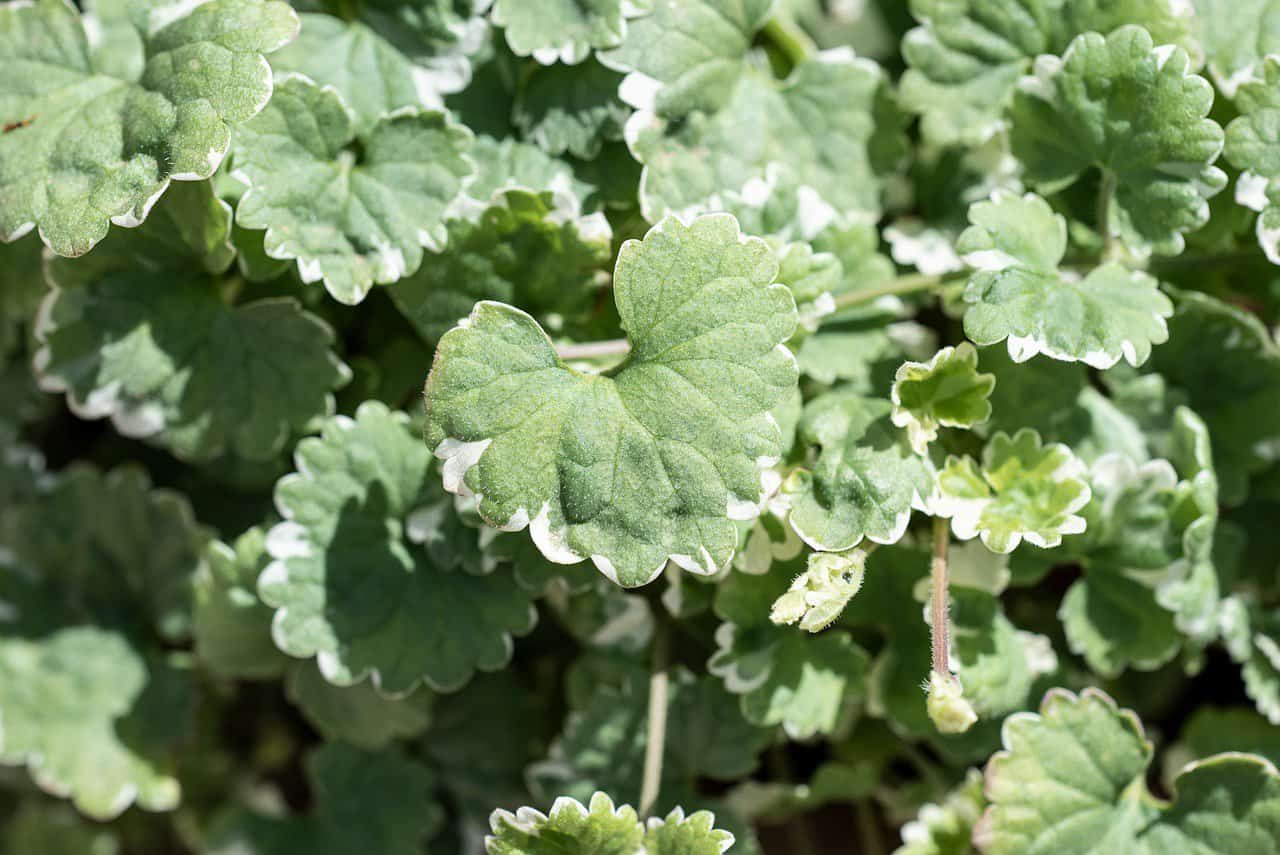
This lawn weed is very difficult to kill, which is one of the things that it has in common with dollar weed. A perennial plant, one of the reasons creeping charlie plants are so hard to get rid of is because even a tiny bit of the plant can grow into a much bigger plant. These plants have leaves that can range in color from dark green to purple, and they grow flowers that are purple, not white, like the dollar weed. Also called ground ivy or cat’s foot, the creeping charlie plant is related to mint. It is a very invasive plant that will tolerate sun but does best in shady and moist areas.
Creeping Charlie plants are also called run-away-robin, alehoof, creeping Jenny, and cat’s foot plants. They are often used for medicinal purposes to treat conditions such as inflammation of the eyes, indigestion, tinnitus, certain kidney diseases, and even bronchitis. It can also treat conditions such as fever, the flu, and even urinary tract problems. However, this plant is toxic to livestock.
4. Leopard Plant

This evergreen plant looks a lot like the dollar weed, but its flowers are bright yellow, not white. Leopard plants can grow in both shade and partial sun, and they can even spread underground via their rhizomes. These plants are a member of the sunflower family and grow best in soil that is rich and moist. They have lily pad-shaped leaves that are very shiny. Forming clumps of foliage as a perennial, the leopard plant grows best in growing zones 7–10. You can find leopard plants along the banks of ponds and in shady woodlands. They are tough plants as well.
If you place the leopard plant in too much sun, the exposure can scorch and burn the leaves. The plant will also wilt if it dries out too much, and there are numerous cultivars that fall under this plant. The leaves are a little bit sharp, and the plant can grow quite large.
5. Gotu Kola

The Gotu kola plant is a relative of the dollar weed, which is why they look so much alike. The plant is low-growing and has leaves that look like lily pads. The leaves of the plant are bright green in color. It is found mostly in tropical regions in countries such as Indonesia, the South Pacific, Japan, China, and South Africa. For years, Gotu kola has been used in many herbal medications, and the plant has insecticidal properties and therefore, is often used with cattle to keep mosquitoes and certain parasites away.
The Gotu kola also has numerous culinary uses, as it can be used in salads, as an accompaniment to various rice and vegetarian dishes, as porridge, and even as an ingredient in certain health drinks. This is indeed a very versatile plant.
Conclusion
There are numerous weeds that look similar to the dollar weed, but keep in mind that once you learn what the differences are, they are much easier to recognize. When you see a plant that looks like a small lily pad, it may or may not be a dollar weed. Most of these weeds are difficult to get rid of, so knowing exactly what the weeds are is the first step in killing them, and if you need any additional assistance, you can check with a home improvement or gardening center so you’ll know for sure.



